Image of 1983 Pontiac Phoenix, Note: These illustrations use artistic license and may differ from actual historical models.
Performance Metrics
Fundamental Metrics
Emotional Appeal
MMP Rating
| Engine Specifications | |
|---|---|
| Engine: | 2.5L Tech IV I4, 2.8L LE2 V6 |
| Displacement: | 2.5L - 2.8L |
| Horsepower: | 90-112 hp |
| Torque: | 135-145 lb-ft |
| Compression Ratio: | 8.2:1 for the I4, 8.5:1 for the V6 |
| Ignition System: | Electronic ignition system |
| Cooling System: | Liquid cooled |
| Performance Specifications | |
| 0-60 Time: | 11-13 seconds |
| 1/4 Mile Time: | 18 seconds |
| Top Speed: | 100-110 mph |
| Transmission and Drive | |
| Drive Type: | Front-wheel drive |
| Transmission Type: | 3-speed automatic, 4-speed manual |
| Fuel and Efficiency | |
| Fuel System Type: | Carburetor |
| MPG: | 20-25 mpg |
| Dimensions and Brakes | |
| Brakes: | Front disc, rear drum |
| Wheelbase: | 101.2 inches |
| Weight: | 2,500-2,800 lbs |
Note: Specifications for classic cars are given to the best of our ability, considering the limited and variant data available.
Rediscovering the 1983 Pontiac Phoenix: A Forgotten Classic
The 1983 Pontiac Phoenix emerges from the shadows of automotive history as a testament to the transitional era of American car manufacturing. Born from the assembly lines of General Motors, this compact car was a sibling to the Chevrolet Citation and shared its X-body platform. At a time when the industry was grappling with the aftermath of the oil crisis, the Phoenix offered a blend of economy and traditional American car values. A notable moment in its history is its role in transitioning Pontiac's image from muscle cars to more fuel-efficient family vehicles.
Design and Innovation: A Glimpse into Early '80s Aesthetics
The exterior styling of the 1983 Pontiac Phoenix was a product of its era, featuring straight lines and angular contours that were prevalent in early '80s design language. The interior was straightforward, with an emphasis on functionality over luxury. Materials were typical for the time, with a mix of vinyl and fabrics that prioritized durability and cost-effectiveness. Technologically, it boasted features like electronic fuel injection—a significant advancement for its time. Color options ranged from subdued earth tones to brighter shades, with Dark Charcoal Metallic and White being popular choices. The Phoenix was available in several body styles, including two-door coupes and four-door hatchbacks, with the hatchback being particularly popular for its practicality.
Historical Significance: More Than Just a Memory
The 1983 Pontiac Phoenix may not have revolutionized automotive design or technology, but it played an important role in GM's lineup during a period of significant change. It represented a shift towards more economical vehicles without completely abandoning the performance heritage of the brand. Its front-wheel-drive layout and efficient use of space were influential in shaping the compact cars that followed.
Performance and Handling: Meeting the Needs of the Era
In terms of performance, the Phoenix was modest by today's standards. Its top speed and acceleration (0-60 mph) were adequate for daily commuting but didn't set any records. Handling was competent for its class, absorbing bumps reasonably well while remaining composed on windy roads. Driving the Phoenix was characterized by a sense of simplicity; it wasn't about thrilling power but rather about providing reliable transportation with a hint of Pontiac flair.
Ownership Experience: Practicality Above All
The 1983 Pontiac Phoenix found its niche as a daily driver rather than as a show car or racing machine. Owners appreciated its practicality and relatively low cost of ownership. Maintenance and reliability were on par with other domestic offerings at the time, making it accessible for average owners to repair and maintain.
Fun Facts: The Phoenix's Unique Place in History
Despite its under-the-radar status, there are some interesting tidbits about the Phoenix. For instance, while not known for celebrity ownerships or record-breaking performance, it did feature in everyday American life across countless driveways and garages. Common criticisms included lackluster performance compared to sportier contemporaries and an interior that some found too spartan.
Collector's Information: Assessing Value and Rarity
Today, finding a 1983 Pontiac Phoenix can be quite rare due to their age and attrition rate over time. Production numbers were substantial as it was intended for mass-market appeal; however, exact figures are elusive. As for value range, pristine examples might fetch anywhere from $2,000 to $5,000 depending on condition and originality—making it an affordable entry into classic car ownership. Price trends suggest that while not rapidly appreciating, well-maintained models have seen slight increases in value among enthusiasts who appreciate their place in automotive history.
Conclusion: Celebrating an Overlooked Classic
The 1983 Pontiac Phoenix may not be the first name that comes to mind when one thinks of classic cars, but it deserves recognition for its role during a pivotal time in American automotive history. It stands as a symbol of transition—an unassuming hero that bridged eras with quiet dignity. Whether you're an enthusiast looking to reminisce or a new collector seeking an affordable classic, the Phoenix offers a unique slice of nostalgia worth exploring.
1983 Pontiac Phoenix Catalog of Parts
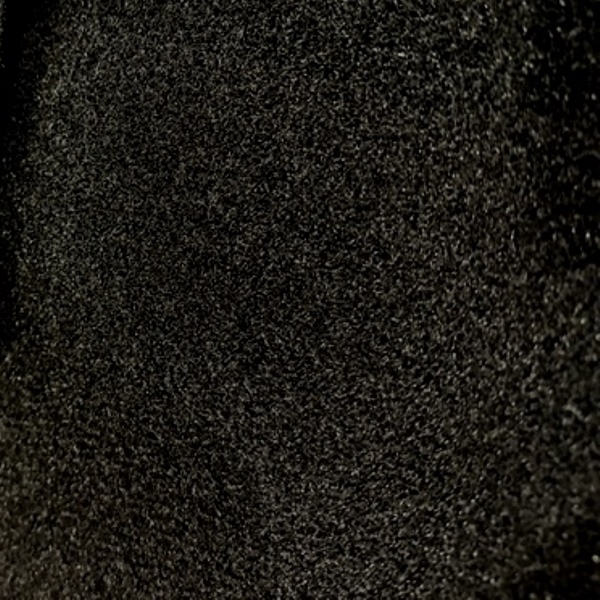 1983 Pontiac Phoenix Trunk Liner. Loose weave, jet black. 50" wide-M 30Trunk Liner. Loose weave, jet black. 50" wide. Sold by the foot
1983 Pontiac Phoenix Trunk Liner. Loose weave, jet black. 50" wide-M 30Trunk Liner. Loose weave, jet black. 50" wide. Sold by the foot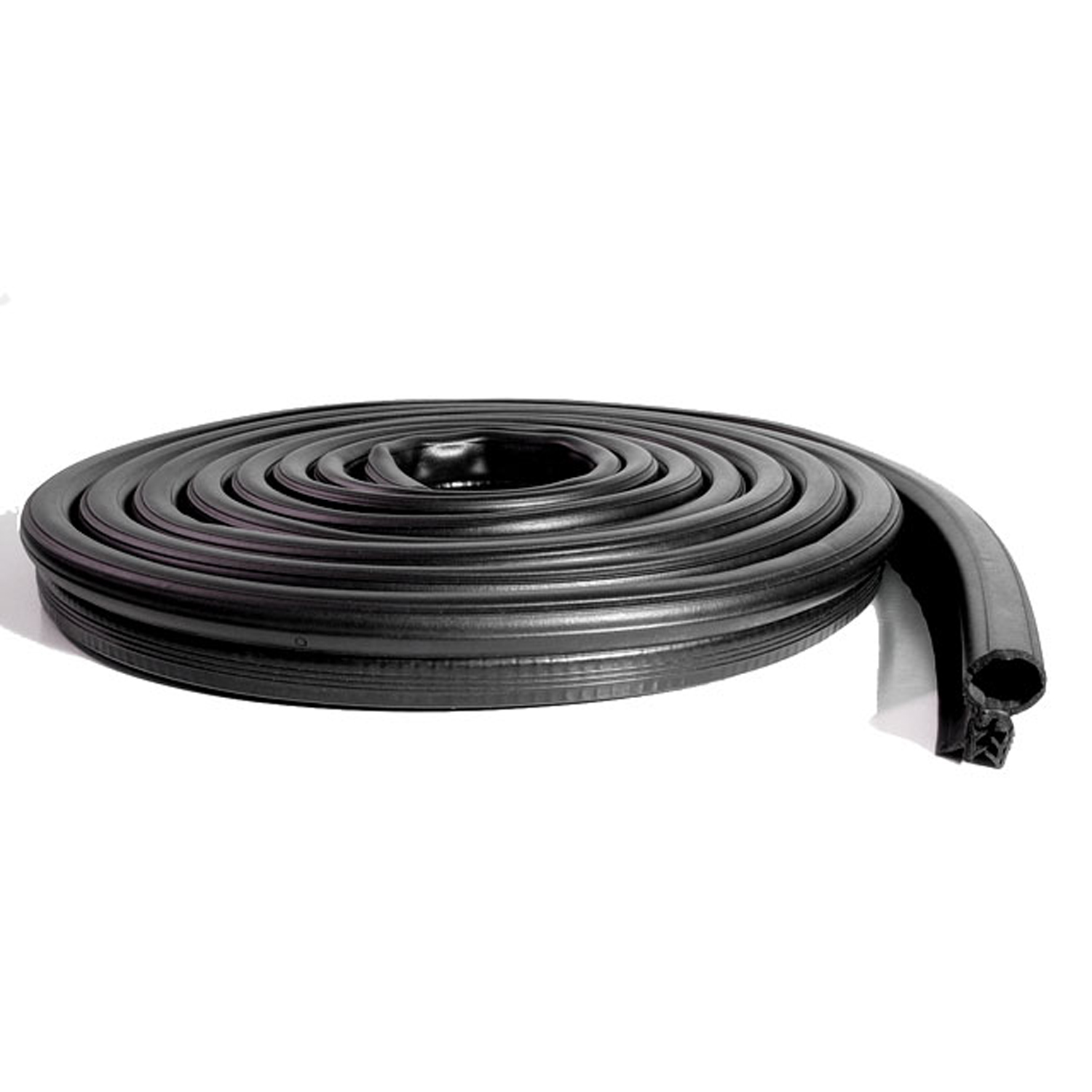 1983 Pontiac Phoenix Trunk seal-MW00101Trunk seal. Also replaces '75-'79 Buick Skylark hatchback seal. Made with steel cores. 1-3/8 in. x 3/4 in. x 17 ft. L. Each.
1983 Pontiac Phoenix Trunk seal-MW00101Trunk seal. Also replaces '75-'79 Buick Skylark hatchback seal. Made with steel cores. 1-3/8 in. x 3/4 in. x 17 ft. L. Each.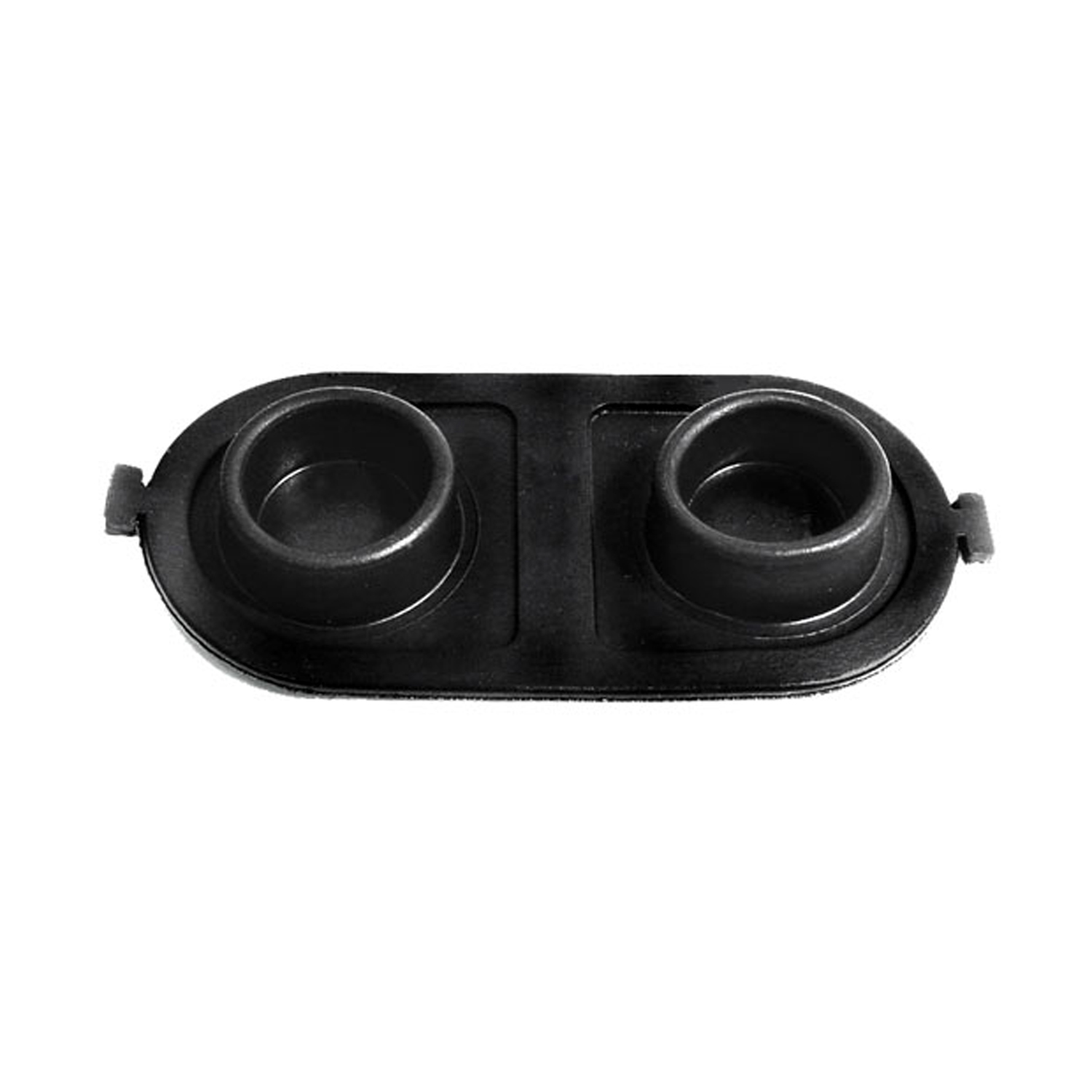 1983 Pontiac Phoenix Brake Master Cylinder Cover Seal. Replaces OEM #5470861-RP 2-EBrake Master Cylinder Cover Seal. Replaces OEM #5470861. 5" X 2-1/2". Each
1983 Pontiac Phoenix Brake Master Cylinder Cover Seal. Replaces OEM #5470861-RP 2-EBrake Master Cylinder Cover Seal. Replaces OEM #5470861. 5" X 2-1/2". Each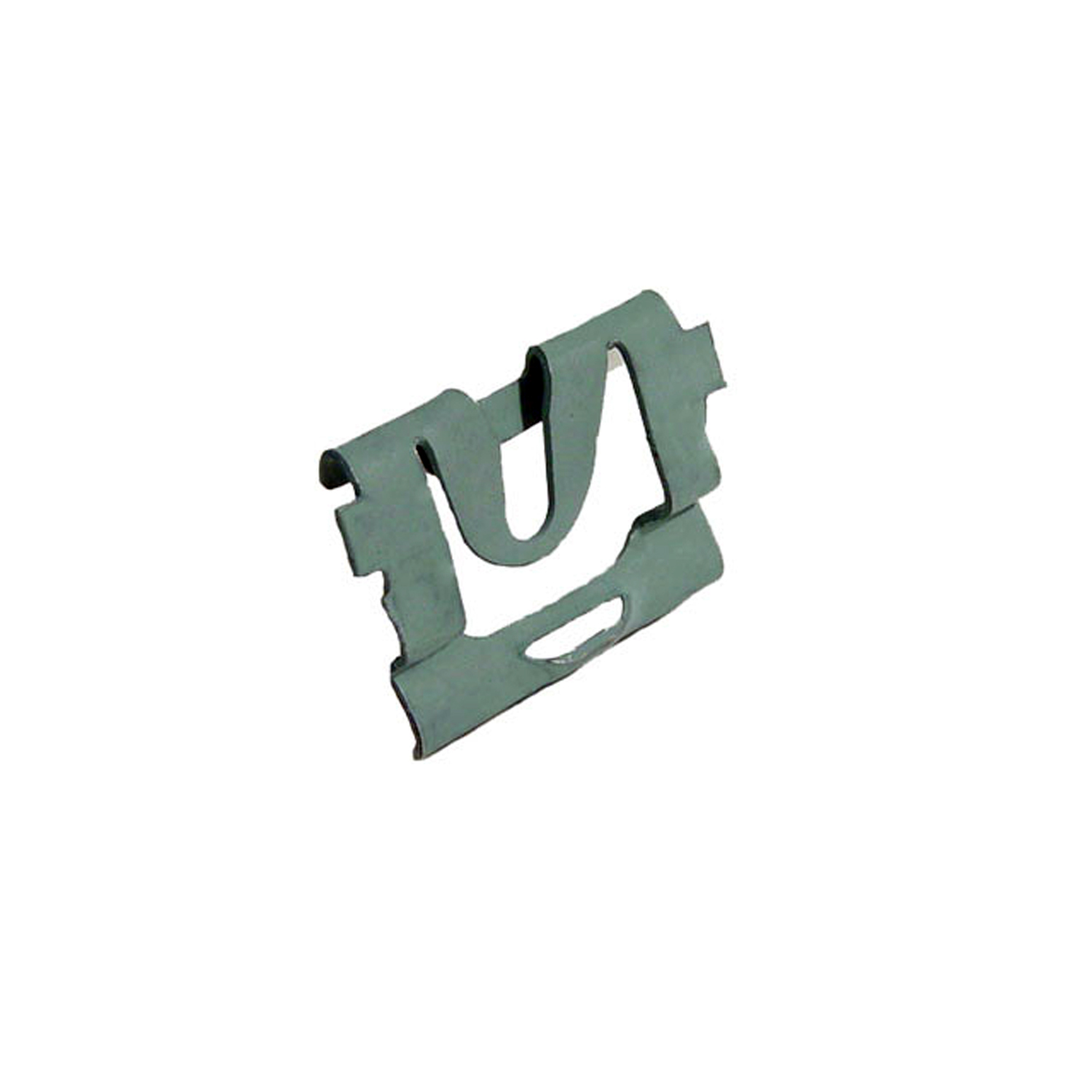 1983 Pontiac Phoenix Windshield Reveal Molding Clip. For models with vinyl top-WF 210Windshield Reveal Molding Clip. For models with vinyl top. 3/4" x 1-1/16". Each
1983 Pontiac Phoenix Windshield Reveal Molding Clip. For models with vinyl top-WF 210Windshield Reveal Molding Clip. For models with vinyl top. 3/4" x 1-1/16". Each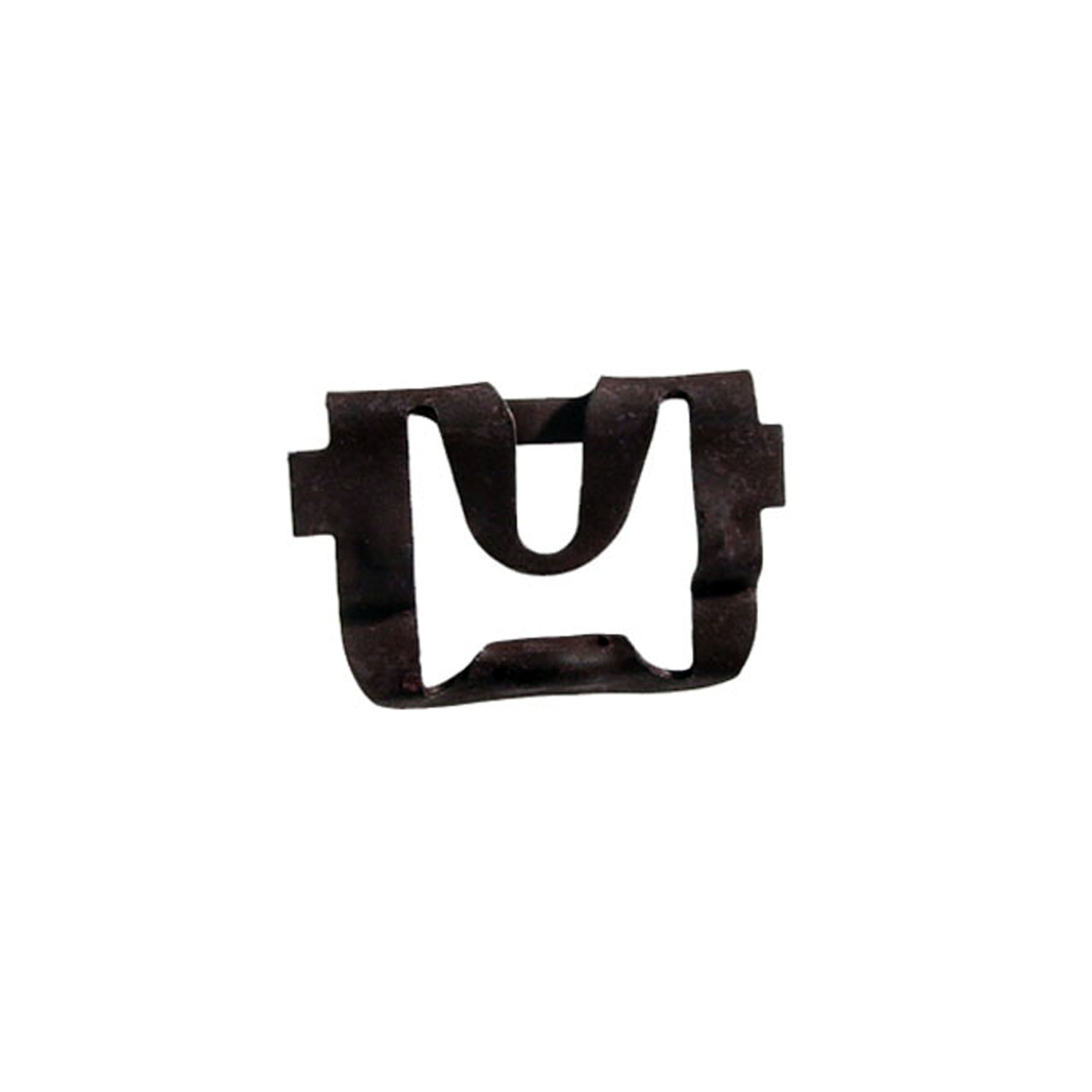 1983 Pontiac Phoenix Rear Windshield Reveal Molding Clip. Made of steel-WF 211Rear Windshield Reveal Molding Clip. Made of steel. 15/16" X 3/4". Each
1983 Pontiac Phoenix Rear Windshield Reveal Molding Clip. Made of steel-WF 211Rear Windshield Reveal Molding Clip. Made of steel. 15/16" X 3/4". Each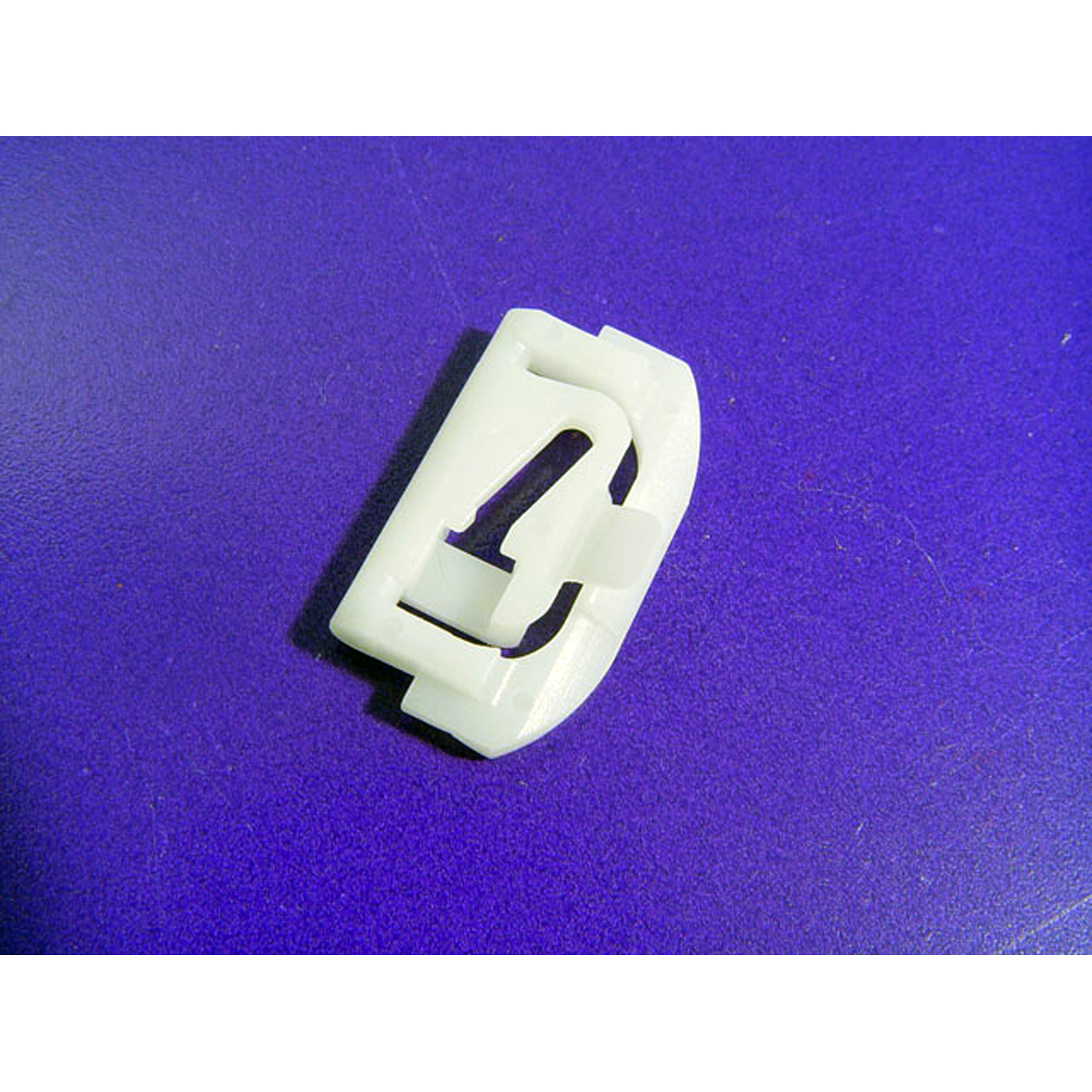 1983 Pontiac Phoenix Lower Side Window Reveal Molding Clip. Made of nylon-WF 214Lower Side Window Reveal Molding Clip. Made of nylon. 1-1/4" x 3/4". Each
1983 Pontiac Phoenix Lower Side Window Reveal Molding Clip. Made of nylon-WF 214Lower Side Window Reveal Molding Clip. Made of nylon. 1-1/4" x 3/4". EachWhy Choose Metro?
For over 100 years, Metro Moulded Parts has been the pinnacle of quality in classic car restoration parts. Our commitment to precision and authenticity in every component ensures a perfect fit and an OEM-level appearance.
- Expert Craftsmanship & Quality: Each part is a testament to our dedication to reliability and perfection, crafted from original designs and thoroughly tested.
- Advanced Technology: We use cutting-edge techniques to create flawless, long-lasting parts that surpass others in performance.
- SuperSoft Sponge – The Ultimate Door Seal: Not only are our door seals 30% softer than competitors', but they're also guaranteed to never leak. They effectively reduce wind and road noise, enhancing your classic car's comfort and driving experience.
- Proudly American: Our parts are a product of American craftsmanship, made in the USA with a spirit of excellence and heritage.
- Unrivaled Warranty: We back our products with a 30-year industry-leading warranty, a testament to our confidence in their quality.
Join us in preserving the legacy of classic cars with parts that are crafted for perfection, not just made.

